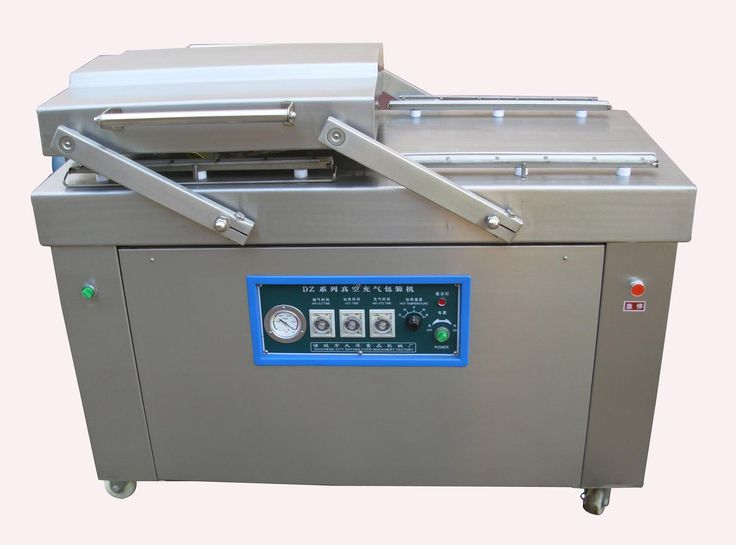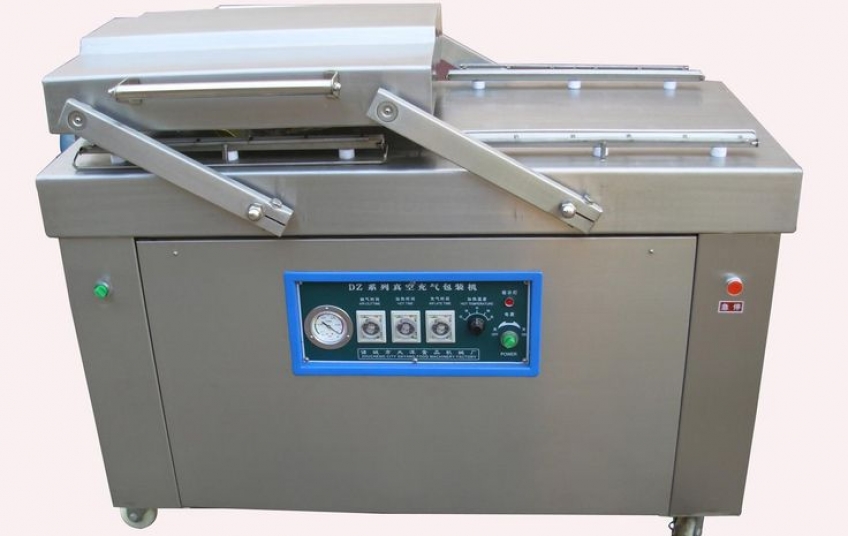When a customer is shopping for food, the first thing they will usually do when deciding to buy a new product is look at the cover of the package. If the package has easy to read information and enticing words, it might get the consideration before another item would. This is called marketability, and having this as part of your package is only the first step in successfully marketing your item. It may also improve the shelf life, or longevity, of the product, taste, and finally, quality. These are all rolled into one big consideration for the design of the package for shipping and warehouse storage, where boxes will be stacked high on top of one another. People always look at a bag of chips and assume it is filled to the brim; but this only brings disappointment when they open the bag to find it only half filled. However, after reading this article, the science behind the packaging of potato chips will be explained, and next time you open a bag of chips you will be content with only half a bag of crispy, delicious, and intact potato chips.
When shipping potato chips, engineers have to take every single bag into consideration. Different areas of the world have different climates, and a product’s destination or shipping conditions can wear a package down over time. Air pressure, humidity, temperature changes, compression, vibration, and dropping are all things any package must take in to consideration; but there are even more closely regulated parameters for when shipping a fragile perishable item. A term called “Slack Fill” is referenced when talking about misleading containers (FDA). Excess gas, whether it be air or another element, is purposefully put in bags to protect the contents for the package. However, the extra gas must be carefully monitored and tested, because it could possibly contaminate or lessen the quality of the product.
The ideal choice for shipping food is to store the product in Nitrogen to prevent it from oxidation (BBC). This prevents the chips from being soft, or stale, and accommodates changes in atmospheric pressure when being shipped around either the country or the world. Since the atmosphere is mainly nitrogen, the nitrogen in the packages can accommodate closer to the actual ambient air pressure. This extra space also acts as a cushion layer of protection to keep the chips from breaking. Since this extra space in the bag is occupied with nitrogen, it means there is less room for storing the bags in boxes for shipping, which in turn means it will take extra boxes to deliver one shipment of chips. With the extra boxes in each truck, there needs to be extra trucks to take the excess. This leaves a large carbon footprint for only one variety of items to be delivered. To prevent this large carbon footprint, manufacturing and logistical planning must be executed as efficiently as possible, in order to save money for both the delivery company and the manufacturers.
“The package of the individual bag of potato chips is multiple layers of different types of plastic that each play and important role in the integrity of the bag itself and for the contents inside,” (Polymersolutions). The outside of a package of potato chips is lined in a thermoplastic resin called “Surlyn®” (Polymersolutions). This layer and the next outermost layer are the two plastics that are relied on keeping the package sealed while in shipping. The middle most layer of plastic actually consists of two layers of different plastics; the first is called “low density polyethylene” which prevents vegetable oils seeping through. The second layer is called “Biaxially Orientated Polypropylene.” This type of plastic is good at keeping moisture out and preventing grease and oil being soaked through the bag and to the outer layer. Lastly is the inner inner layer of the bag, which is simply another layer of Biaxially Orientated Polypropylene. Not all bags for food storage are equal though, and each will have different materials best suited to what’s contained inside.

Since the potato chip is one of top eaten foods in the world, there are varieties of sizes and types of potato chip machines. One of the most important parts of the chip making process is distributing the finished product. This can be executed in many ways. One way is to use a machine, much like the one shown in Figure 1. It works in a similar way a vacuum sealer does, but before it seals the package it will blow nitrogen in the bags. After nitrogen fills the empty space, the machine then heats the edges and presses them together to close the seal.
For consumers looking at a bag of potato chips, they seem like something that is easily packaged and shipped. However, the next time you are craving a crispy, crunchy snack, think about all of the time that goes in to getting the distribution of chips down to a science. The more chip bags that can fit per box without crushing the bottom layer of product, and those above it, will only give more successful delivery trips, and less of carbon footprint left on the world.
References
Code of Federal Regulations/ Department of Health and Human Services, 1 April 2016 “Sec. 100 Misleading Containers”
https://www.accessdata.fda.gov/scripts/cdrh/cfdocs/cfcfr/CFRSearch.cfm?fr=100.100
William Park/ BBC, 5 November 2015 “I was fed up with the air in crisp bags – so I measured it”
http://www.bbc.com/future/story/20151105-im-fed-up-with-all-the-air-in-my-crisps-and-this-is-why
Polymer Solutions News Team/ Polymer Solutions, 21 September 2015 “Packaging the chip challenge flavors”
https://www.polymersolutions.com/blog/the-science-behind-packaging-the-chip-challenge-flavors/
PotatoChipsMachinery/ Potato Chips Machinery, 17 Mar. 2017 "Small Potato Chips Line/Potato Chips Machinery."
http://www.potatochipsmachinery.com/product/fries-chips-making-line/semi-automatic-potato-chips-plant.html


































